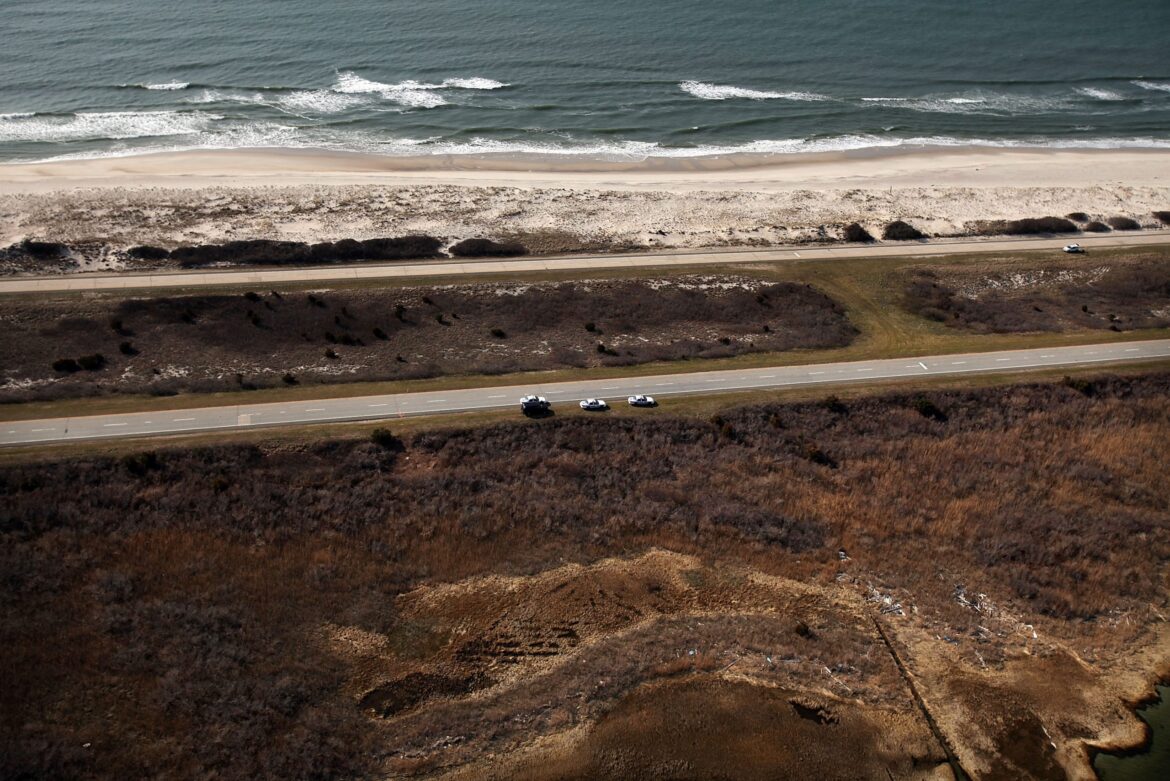Nearly 30 years after their deaths, Nassau County police have identified the remains of a woman and her toddler daughter found near Gilgo Beach, Long Island. The woman, Tanya Denise Jackson, a 26-year-old U.S. Army veteran, and her 2-year-old daughter, Tatiana Marie Dykes, were discovered in separate locations along Ocean Parkway between 1997 and 2011. Identification was made possible through advances in DNA analysis and forensic genealogy conducted by the FBI and local authorities. While their deaths occurred near sites linked to the Gilgo Beach serial killings, officials have not established a direct connection to the suspect charged in other related cases. Authorities continue to investigate and seek public assistance, offering a $25,000 reward for information leading to an arrest.
The discovery and subsequent identification of Tanya Denise Jackson and her daughter Tatiana Marie Dykes mark a significant development in a long-standing mystery surrounding their deaths near Gilgo Beach. The remains were initially found over a span of years; Jackson’s body was located in 1997, and her daughter’s remains were discovered much later, in 2011. Despite the considerable time that had elapsed since their deaths, modern forensic techniques facilitated a breakthrough in the case.
Advances in Forensic Science Lead to Identification
The primary factor enabling the identification was the use of advanced DNA analysis combined with forensic genealogy. These cutting-edge methods, executed jointly by the FBI and Nassau County police, allowed investigators to match DNA samples with living relatives and build family trees that eventually revealed the identities of the mother and child. This process highlights how forensic science continues to evolve and assist in solving cold cases that were previously deemed unsolvable.
Context of the Gilgo Beach Serial Killings
The area where Tanya Jackson and Tatiana Dykes were found has been closely scrutinized due to its association with the Gilgo Beach serial killings, a series of homicides involving multiple victims discovered along Ocean Parkway. While their deaths took place near several sites connected to the serial killer investigations, authorities have not confirmed any direct linkage to the main suspect charged in other cases tied to the Gilgo Beach murders. Law enforcement emphasizes that the investigations remain ongoing and maintain that these cases are treated with particular attention due to their complexity and sensitive nature.
Ongoing Investigation and Public Involvement
In light of the new identification, authorities have renewed their call for public assistance in solving these crimes. A reward of $25,000 has been offered for information that could lead to an arrest in relation to the deaths of Jackson and Dykes. Police urge anyone with knowledge or potential evidence—regardless of how minor it may seem—to come forward and aid the investigation. The case continues to be a priority for Nassau County law enforcement, who are coordinating closely with federal agencies to bring closure to the families affected.
Conclusion
The identification of Tanya Denise Jackson and her daughter represents a crucial step forward in addressing a decades-old tragedy near Gilgo Beach. As authorities continue their work, the community’s cooperation remains vital to unraveling the full circumstances surrounding their deaths. This case underscores the importance of continuous advancements in forensic technologies and the persistent efforts of law enforcement to resolve unresolved cases.
The identification of Tanya Denise Jackson and her daughter Tatiana Marie Dykes marks an important milestone in the ongoing efforts to resolve a tragic and mysterious chapter near Gilgo Beach. While their connection to the Gilgo Beach serial killings remains unconfirmed, the breakthroughs achieved through forensic science demonstrate significant progress in cold case investigations. Authorities continue to pursue leads with the support of the public, emphasizing the need for community involvement to bring justice and closure. This case exemplifies how evolving investigative techniques can shed new light on unresolved crimes, reaffirming law enforcement’s commitment to uncovering the truth.

